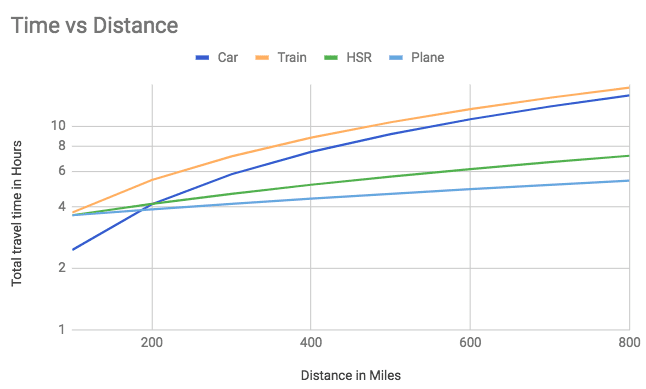This is a question we hear quite often when we fly to nearby locations. “Why didn’t you just drive?” It’s a legitimate question and I agree there are several advantages to driving in comparison to flying. You don’t have to deal with the hassle of the airport. You aren’t on such a strict schedule, so if you’re running late you won’t miss your flight. You can bring everything you want with you, including food, clothes and your pillow without worrying about how heavy your suitcase will be. But driving also has its own perils, since it’s no fun to be sitting on a highway in a traffic jam or trying to drive through a blinding rain (or snow) storm.
There are several factors that can influence your decision. The cost of flying vs. driving is an important one. This is compounded if you have a family because, for example, four airline tickets cost twice as much as two tickets. If you drive, you’d also have to figure out the cost of gasoline and the wear and tear on your car (or the cost of a rental car if you don’t trust your vehicle for a long drive).
For most of us in this time-crunched world, the most important factor is how long it will take us to get to our final destination. Figuring in the average time to drive to the airport, park your car and then check in. It’s several hours of time that you need to add to your flight time to figure the actual travel time. Even that assumes everything will go OK with your flights and there aren’t any delays or cancellations.
Fortunately, the folks at iNovia have come up with a chart to show how long a trip of varying miles will take by car, train, high-speed rail or airplane.

You see that the intersecting point between a car and plane runs right around 200 miles or four hours of travel time. You can travel up to 800 miles in less than six hours but to drive that long you’re looking at way over ten hours (or more). This chart is assuming that just getting to the airport to get on a plane takes up about four hours of your time. If you’re an expert traveler you may be able to cut that down a bit, but it’s fine for starters. This chart also assumes that you can always take a non-stop flight to your destination. If that’s not possible, add in any layover to that chart.
Why did I go through with thinking about all of this? We were planning a trip and thought about driving to our destination. It was about a 650 mile drive and would take around 10-11 hours with limited stops. We’d drive there, stay two days, then drive back home. Of our four day vacation, two days would be spent in the car, but it was a cost-effective solution…until I looked at it on paper.
Non-stop flights were available so it would take about five hours in total travel time each way to fly. There was a low-cost carrier flying on the route so we only had to pay $250 each for airfare. A rental car for the weekend only cost $41. The flights were at decent times so we had another full day at our destination by flying instead of driving. If I drove, I’d pay over $100 in gas for the trip plus put 1300 miles on my car.
In our situation, even though flying was more expensive, getting an extra day at our location on a short weekend getaway and getting home at 10 AM instead of 10 PM was worth the extra money.
What do you think?
Like this post? Please share it! We have plenty more just like it and would love if you decided to hang around and clicked the button on the top (if you’re on your computer) or the bottom (if you’re on your phone/tablet) of this page to follow our blog and get emailed notifications of when we post (it’s usually just once or twice a day). Or maybe you’d like to join our Facebook group, where we talk and ask questions about travel (including Disney parks), creative ways to earn frequent flyer miles and hotel points, how to save money on or for your trips, get access to travel articles you may not see otherwise, etc. Whether you’ve read our posts before or this is the first time you’re stopping by, we’re really glad you’re here and hope you come back to visit again!
